Swimming is a low-impact, full-body workout that’s ideal during pregnancy and postpartum recovery. However, hormonal changes, shifting posture, and increased joint laxity can make swimmers more vulnerable to strain—especially in the shoulders, hips, and spine. Incorporating targeted mobility drills can help maintain joint integrity, improve stroke efficiency, and reduce discomfort.
This guide outlines five practical mobility exercises specifically adapted for pregnant and postpartum swimmers. Each drill supports joint health, enhances range of motion, and can be safely integrated into your routine. We’ll also cover tracking methods and motivational cues to keep you consistent and confident in your aquatic journey.
During pregnancy, the hormone relaxin increases ligament flexibility, which can lead to joint instability. Combined with a forward-shifted center of gravity and increased breast and abdominal weight, swimming strokes may place extra stress on the shoulders and lower back.
Postpartum, core strength and pelvic alignment often need rebuilding. Poor mobility can contribute to compensatory movements, increasing injury risk. Mobility drills help re-establish neuromuscular control, promote circulation, and support functional movement patterns—key for both performance and recovery.
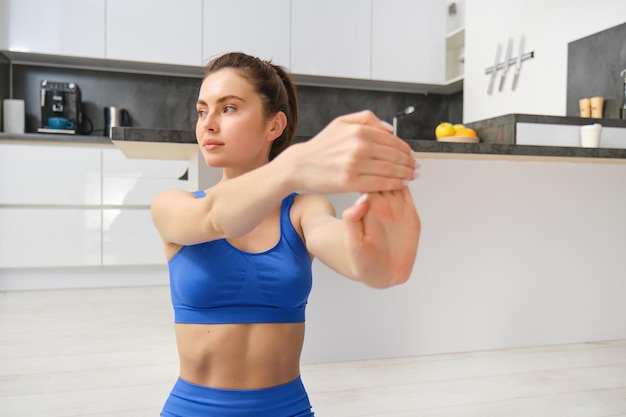
The shoulder joint is the most mobile—and most vulnerable—joint in swimming. This drill warms up the rotator cuff and scapular stabilizers.
How to do it:
💡 Motivation cue: "Imagine drawing perfect circles in the water with your fingertips. Control beats speed."
📌 Tracking tip: Log your reps and band resistance weekly. Note any reduction in shoulder tightness during freestyle.
This gentle spinal mobilizer supports thoracic and lumbar flexibility while engaging the deep core—critical as abdominal separation (diastasis recti) is common postpartum.
How to do it:
💡 Motivation cue: "Let your spine flow like a wave—smooth, connected, and strong."
📌 Tracking tip: Rate your lower back comfort on a scale of 1–10 before and after. Aim for gradual improvement.

Hip mobility affects kick efficiency and reduces strain on the lower back. Water adds natural resistance and buoyancy, making it ideal during pregnancy.
How to do it:
💡 Motivation cue: "Your hips are the engine of your kick. Lubricate them daily."
📌 Tracking tip: Note any improvement in flutter or dolphin kick endurance after 2 weeks of consistent practice.
Strong, mobile ankles improve propulsion during kicks. This drill enhances ankle range of motion and circulation—especially helpful for reducing swelling.
How to do it:
💡 Motivation cue: "Every letter you write is a step toward stronger, more efficient kicks."
📌 Tracking tip: Measure ankle dorsiflexion monthly by checking how close your knee can get to your toes (with heel down).
Efficient breathing and body rotation in freestyle and backstroke depend on thoracic mobility. This drill counteracts the forward hunch common in daily life and late pregnancy.
How to do it:
💡 Motivation cue: "Rotate from your core, not your neck. Power comes from within."
📌 Tracking tip: Record a side-view video of your stroke monthly. Look for improved body roll and head alignment.
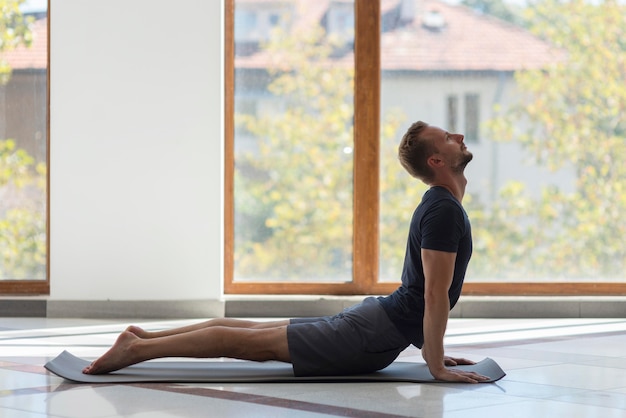
Mobility work is most effective when done regularly. Try these strategies:
Remember: Small, consistent efforts lead to lasting joint health and swimming confidence—especially during life’s transformative stages.

Fitness

Fitness

Fitness

Fitness

Fitness

Wellness
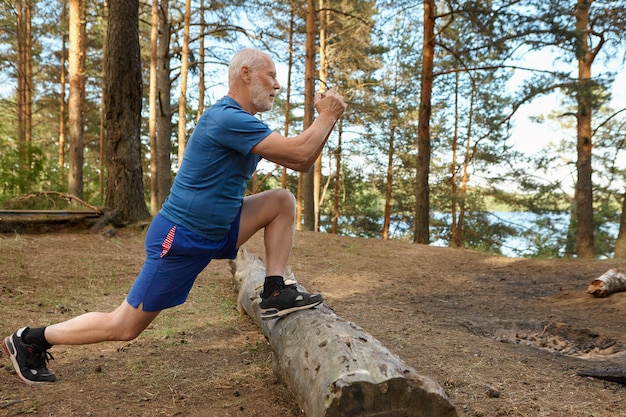
Fitness

Health

Wellness
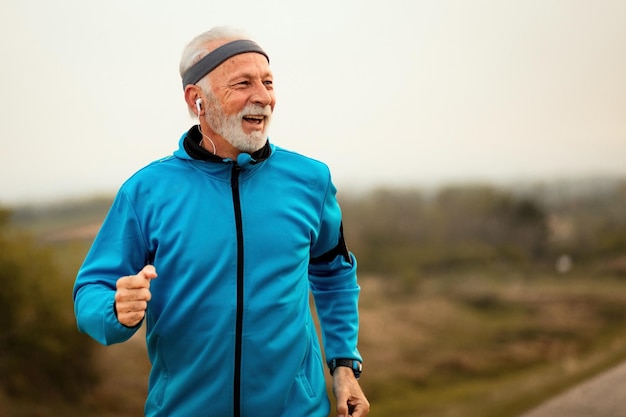
Fitness
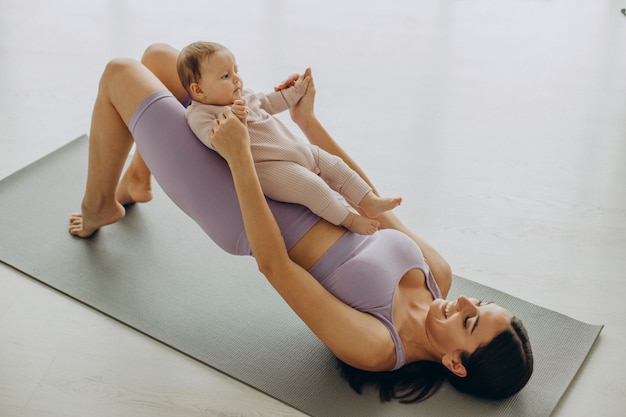
Wellness
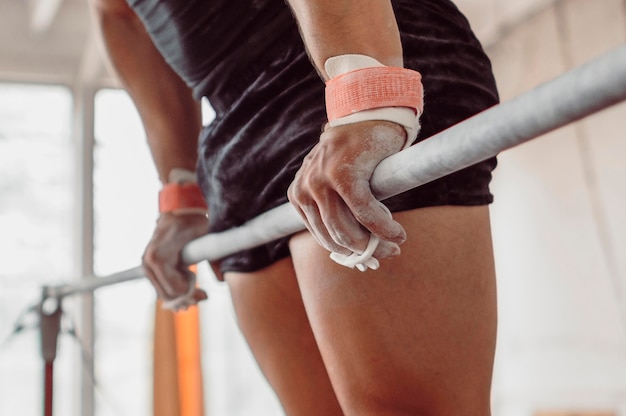
Fitness

Health

Fitness

Health

Health